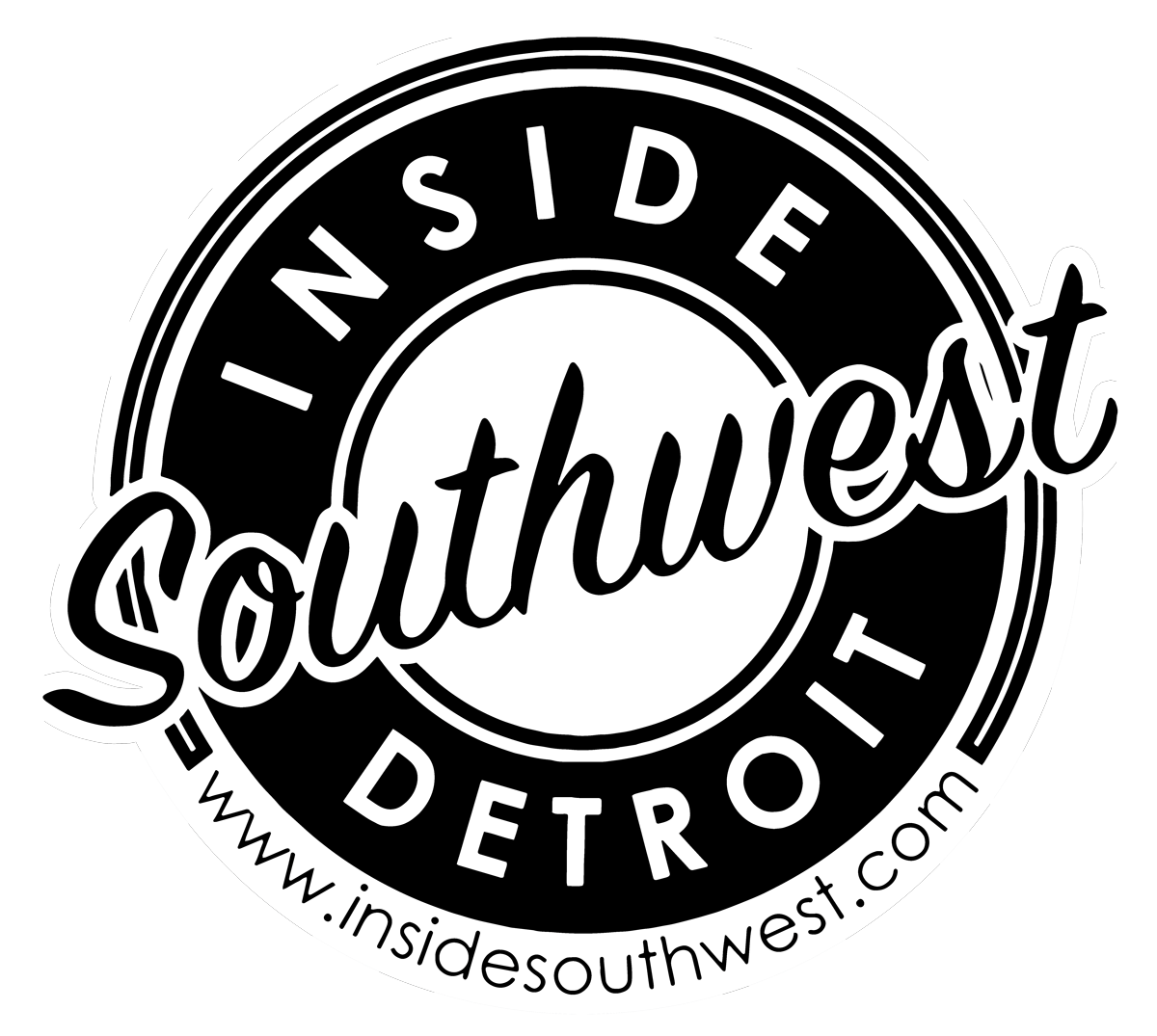Food, Culture, And Community In Southwest Detroit
Written by Kelli Kavanaugh for Inside Southwest Detroit
If Southwest Detroit were a food, what would it be? Take your pick: pierogi filled with potato and cheese, tamales brimming with shredded pork, cheese-filled papusas or doughy gnocci topped with pesto? And I'm sure I'm missing some kind of cuisine - for my money, one of the best things about living in the area - and I'm on its bleeding eastern edge, Corktown - is the food. And its not just the restaurants, it's the mercados with produce and meats sometimes fresher than Eastern Market, it's the parking lot taco stands and the bicycle-propelled ice cream "trucks." It's bakeries and barbeque and cerveza and ceviche and even falafel.
And if food represents anything, it is culture—and Southwest Detroit is blessed with that in spades. Consistently regarded as Detroit's most diverse area and comprised of several distinct neighborhoods, it is boisterous and prayerful, religious and sporting, a late-night party and an early-morning tree planting all at once. Its Anglo, Latino, African-American and Middle Eastern mix make its high school halls look like none other in the city. And Southwest Detroit would not have it any other way. All the way to the east, in Corktown, you'll find Irish pubs and old wooden homes proudly preserved and in Hubbard Richard, the city's oldest church and a brand-new State of Michigan welcome center and marketplace. Hubbard Farms has stately homes and a strong reputation for activism. The Michigan Avenue Corridor presents snippets of its Polish past evolving into a new Latino future and Delray, a snapshot of post-industrial history alongside a remarkable military artifact, Fort Wayne. Where else can you, in a three-block walk, find halal meat and hear bells calling faithful Muslims to prayer, stroll past a historic cemetery, pop into a brand-new Detroit Public Library and finally, slide into a taqueria? That would be W. Vernor near Patton Park.
It is an urban community with many issues, including homelessness, poor air quality, crime and blight. But is politically active and growing - it was the only area of Detroit to grow in population between the 1990 and 2000 census. And that growth brings hope and a reason to continue to strive for a new Southwest Detroit that exists in solidarity with the old.
